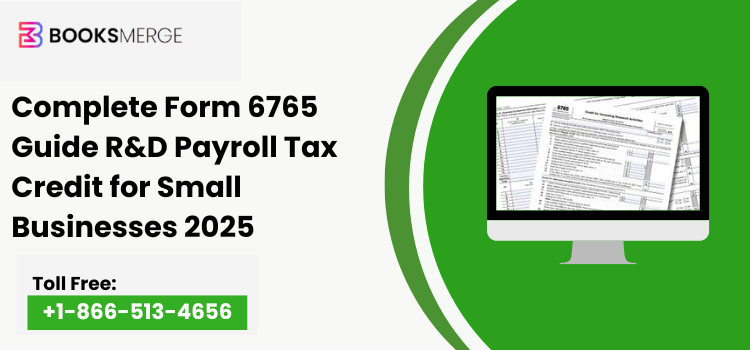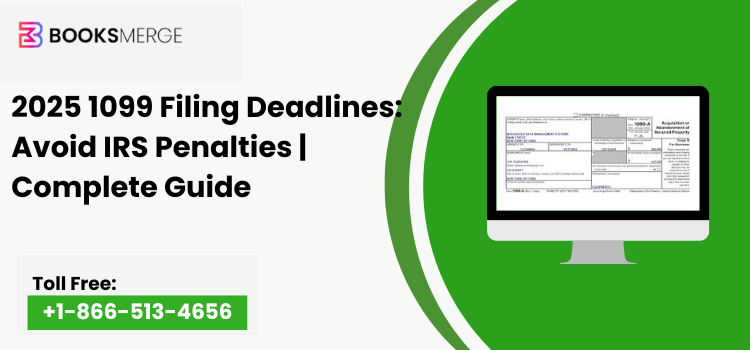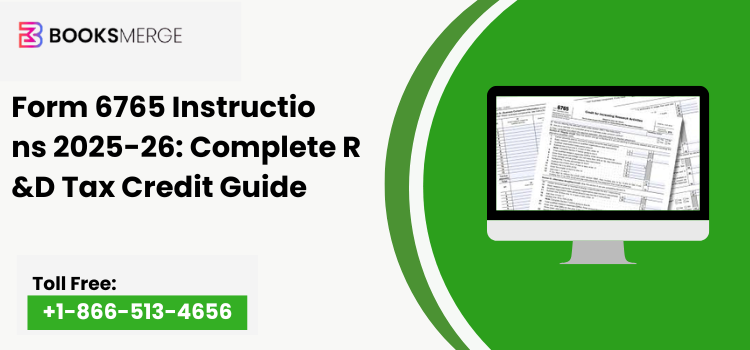
Comprehensive guide to completing Form 6765 for R&D tax credits. Discover qualified research expenses, payroll tax credit eligibility, and step-by-step filing instructions for small businesses in 2025.
Small businesses investing in innovation deserve recognition—and financial relief. The federal government offers substantial incentives through the R&D tax credit claim form, officially known as Form 6765. This powerful tool can transform your research expenses into valuable tax savings, yet many entrepreneurs miss out simply because they're unfamiliar with the process.
Learn how to file Form 6765 for R&D tax credits. Complete guide on qualified research expenses, payroll tax credits & filing instructions. Need help? Call +1-866-513-4656 today!
Understanding how this credit works isn't just beneficial—it's potentially transformative for your business's cash flow. Whether you're developing new software, improving manufacturing processes, or creating innovative products, you might qualify for significant savings.
What Is Form 6765 and Why Does It Matter?
Form 6765 serves as the official IRS document for claiming the Credit for increasing research activities. This isn't some obscure tax form reserved for pharmaceutical giants or tech unicorns. Small businesses across diverse industries—from manufacturing to software development—utilize this form to recoup investment in innovation.
The beauty of this credit? It directly reduces your tax liability dollar-for-dollar. Unlike deductions that merely reduce taxable income, credits provide more substantial savings. For qualifying small businesses, there's an added bonus: the payroll tax credit for R&D allows startups to offset payroll taxes instead of income taxes.
Also Read This: Form 6765 Instructions
Who Qualifies for the Section 41 Research Credit?
The Section 41 research credit follows specific criteria, but they're broader than most business owners realize. Your activities must meet the four-part test:
Permitted Purpose: Your research must aim to develop or improve business components
Technological in Nature: The process must rely on hard sciences like engineering or computer science
Elimination of Uncertainty: You're attempting to resolve technical uncertainties
Process of Experimentation: You're testing hypotheses through systematic trial and error
Manufacturing improvements, software development, prototype creation, and product enhancement often qualify. Even failed experiments count—the IRS recognizes that innovation involves risk.
Understanding Qualified Research Expenses (QREs)
The qualified research expenses (QREs) summary forms the foundation of your claim. These typically include:
Wages paid to employees conducting research
Supplies consumed during research activities
Contract research expenses with third-party firms (65% of qualified payments)
Computer rental costs directly supporting research
Documentation proves everything. Maintain detailed records of employee time allocation, supply purchases, and contractor agreements. The form 6765 instructions emphasize thorough record-keeping as your best defense during audits.
How to File Form 6765: Step-by-Step Process
How to file Form 6765 might seem daunting initially, but breaking it into manageable steps simplifies everything:
Step 1: Gather Documentation
Compile all research-related expenses, employee timesheets, project descriptions, and technical documentation. The form 6765 pdf available on IRS.gov provides a template for organizing information.
Step 2: Complete Section A
This section covers the business component information for R&D credit. Describe specific products, processes, or software you're developing. Be detailed yet concise—vague descriptions invite scrutiny.
Step 3: Calculate Your QREs
Total your qualified wages, supplies, and contract expenses. The form 6765 example documents available through professional resources demonstrate proper calculations.
Step 4: Choose Your Credit Method
You'll select between the Regular Credit or Alternative Simplified Credit (ASC). Most small businesses find ASC calculations simpler, though the Regular Credit sometimes yields larger benefits.
Step 5: Determine Payroll Tax Offset Eligibility
Small business research credit filing differs for qualifying businesses. If you're under five years old with less than $5 million in gross receipts, you might offset up to $500,000 in payroll taxes using form 8974.
Also Read This: 1099 Form
What Expenses Qualify for Form 6765?
Understanding what expenses qualify for Form 6765 prevents leaving money on the table:
Direct wages for supervisors, scientists, engineers, and technicians actively conducting research
Supply costs consumed or depleted during experimentation
Cloud computing expenses supporting qualified research
Payments to universities or research firms for qualified research services
Capital expenditures, overhead costs, and general administrative expenses typically don't qualify. The form 6765 instructions pdf provides comprehensive exclusion lists.
Navigating the Tax Year 2025 Form 6765 Instructions
The tax year 2025 Form 6765 instructions reflect recent legislative updates. The new form 6765 instructions emphasize enhanced documentation requirements and clearer expense categorization. Compare these against the old form 6765 to identify changes affecting your filing.
The form 6765 instructions 2025-26 introduce streamlined calculations for the form 6765 esb credit (Enhanced Small Business Credit), making startup benefits more accessible.
Common Mistakes to Avoid
Even experienced accountants occasionally stumble with Form 6765 for R&D Tax Credit submissions. Watch for these pitfalls:
Inadequate documentation of research activities
Misclassifying routine product improvements as qualified research
Overlooking eligible contract research expenses
Failing to properly calculate the base amount for Regular Credit method
Missing the payroll tax offset opportunity for eligible small businesses
Maximizing Your R&D Credit Benefits
Strategic planning amplifies your credit value. Consider these approaches:
Implement time-tracking systems for research personnel
Maintain detailed project logs documenting technical challenges
Separate qualified activities from routine business operations
Review prior tax years for potential amended return opportunities
The irs form 6765 feedback from audits consistently emphasizes documentation quality over quantity. Clear, concise records demonstrating qualified activities prove more valuable than volumes of irrelevant paperwork.
Conclusion
The R&D tax credit represents one of small business's most valuable yet underutilized tax incentives. Form 6765 unlocks these benefits, transforming innovation investments into tangible tax savings or payroll tax relief. While the process requires attention to detail, the financial rewards justify the effort.
Don't let complexity prevent you from claiming what your business deserves. Whether tackling the filing yourself or seeking professional guidance, taking action puts you ahead of competitors leaving money on the table. Your innovation deserves recognition—and compensation.
Frequently Asked Questions
Q1: Can startups with no tax liability benefit from Form 6765?
Yes! Qualified small businesses can apply the credit against payroll taxes using Form 8974, even without income tax liability.
Q2: How far back can I claim R&D credits?
Generally, you can amend returns for the past three years, potentially recovering substantial credits from overlooked qualified activities.
Q3: Do I need to prove my research succeeded to claim the credit?
No. Failed experiments qualify as long as they meet the four-part test. The credit rewards the research process, not necessarily successful outcomes.
Q4: What's the difference between the Regular Credit and ASC?
The Regular Credit uses a fixed-base percentage requiring historical data, while ASC simplifies calculations using only recent year expenses—typically easier for newer businesses.
Q5: Can I claim the R&D credit and also deduct research expenses?
Yes, but you must reduce your deduction by the credit amount claimed, or elect a reduced credit to maintain full deductions.
Q6: Where can I get help completing Form 6765?
Contact R&D tax credit specialists at +1-866-513-4656 for personalized assistance with your filing requirements and qualification questions.
Also Read This: 1099-MISC vs 1099-NEC







Write a comment ...